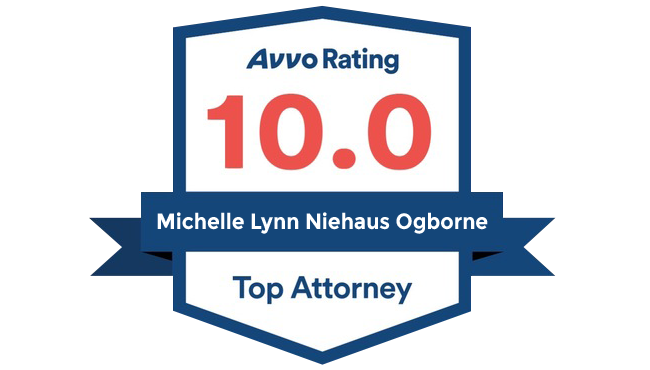Parenting Planning Inside Collaborative Divorce
Divorce is never easy, and it’s made immeasurably more difficult when children are involved. However, for many families divorce is the best solution. Thankfully, collaborative divorce provides an opportunity to maintain your family in a different way—that is child focused.
The Benefits of a Collaborative Team
There are three ways to get divorced: mediation, litigation, and collaboration. While each has its place, a collaborative divorce varies a great deal from the other two. In this scenario, the entire family is involved and works together to create a future that respects the family unit while allowing it to morph into something more fitting for everyone involved.
In the collaborative team, there are a few key players, in addition to the couple and children. You’ll have attorneys for each spouse as well as a counselor, child specialist, and financial advisor to work with the family. There’s truly a focus on working together and getting everyone in on the plan. A child specialist will help your children through the process and advocate for their needs.
“We weren’t sure if or how collaborative divorce would work for our family of five,” shared Nathaniel, a 51-year-old father of three children, ranging in age from 5 to 13. “There were a lot of emotions between my wife and me as well as with our children, but we wanted to focus on their needs as much as possible. That’s one of the reasons we chose a collaborative approach.”
Parenting Planning Inside Collaborative Divorce
There are many ways a parenting plan can work, from one parent having the children most of the time to a true 50–50 split. There are many ways to facilitate exchanges and time sharing as well. The goal is always to do what most benefits the children, regardless how you complete the divorce. But with a collaborative split, the children also have a say. Typically, that doesn’t happen with a litigation or mediation divorce.
James, a 32-year-old husband and father married his high-school sweetheart when she got pregnant in their senior year. “I hesitate to call it a mistake because I loved Cheryl, and the kids were the best thing that ever happened to me. But now the twins are 14, and both of us are ready for the second half of our lives. We still want to be there for Jessica and Jennifer, but we can do that and live in different homes. Plus, since they’re older, we want them to be active participants in the conversation about where they live. Collaborative divorce gives us that option.”
Honor everyone’s opinion by having a collaborative divorce with a child specialist and a pre-contract to be transparent and honest. If the family wants to do week-on, week-off schedules, an as-we-go mix, or even keep the kids in the home while the parents move in and out, everything is possible.
Is a Collaborative Divorce Right For You?
In a contentious or violent situation, litigation might be the best option, but for many couples, the collaborative environment can work incredibly well. This is especially true for parents who want to create a strong co-parenting relationship with their ex. Divorce is a scary time for children, and they want to know they are not to blame for what’s happening to their family. They also desire for things to stay close to the same as they have been, so working through the collaborative process is an investment in their well being and future.
If you are a parent who is moving toward divorce, we encourage you to consider a collaborative approach. Contact Ogborne Law today, we have your family’s best interests in mind.
Engaging with an attorney to protect your family is never an easy step. Whether you need to protect your family from the unthinkable or restructure your family through collaborative divorce, we’re here to help. When you’re ready to schedule a consultation with Michelle Ogborne, please visit the scheduling page to get started.







